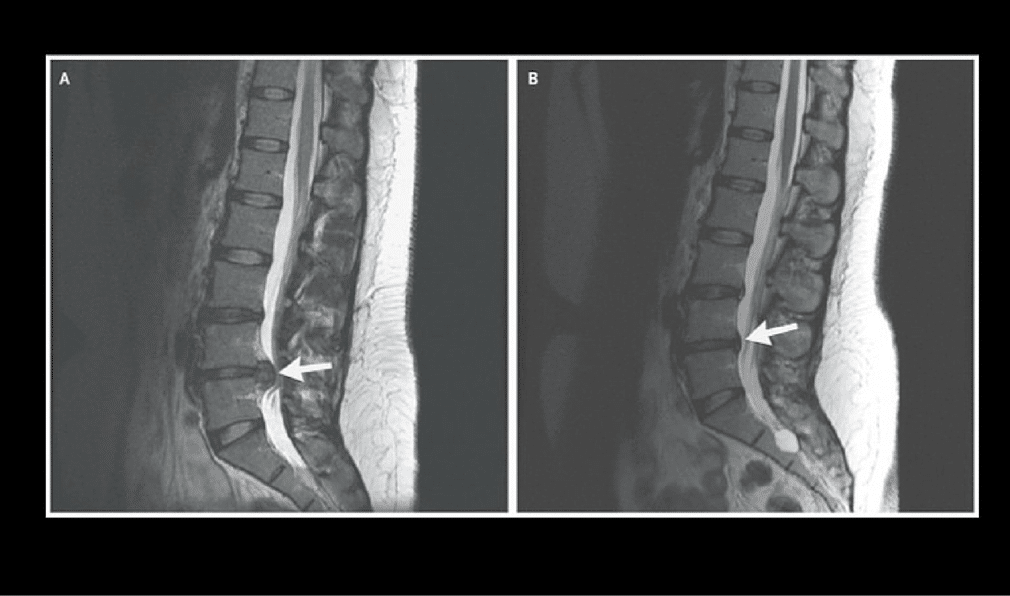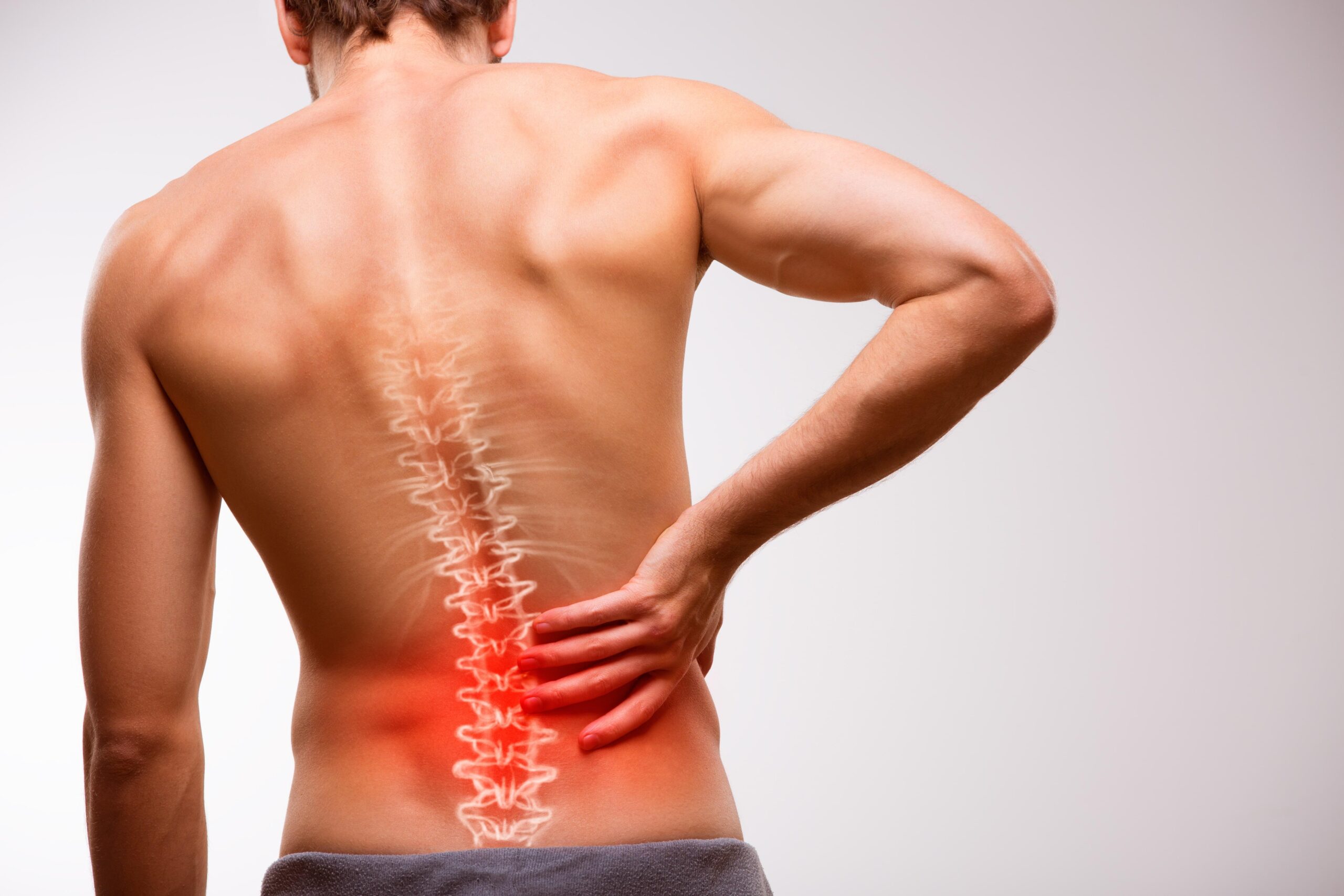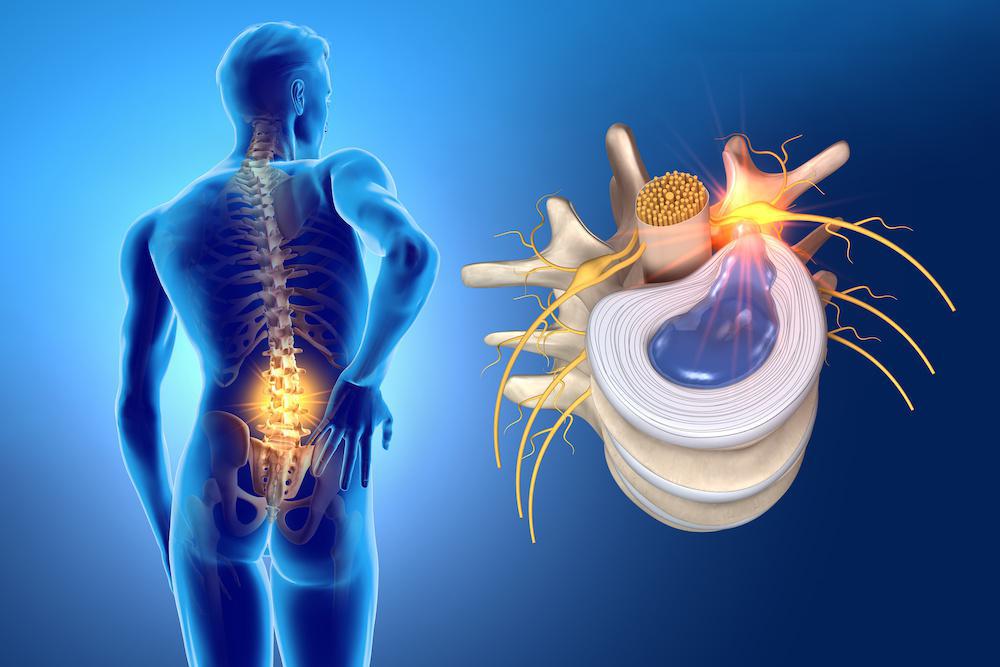If you live in Dubai and are dealing with ongoing joint, muscle, or nerve pain, you may have already heard this phrase: “You need surgery.”
But before making that decision, here’s what you should know:
In many cases, surgery is not the only solution. With the right physiotherapy in Dubai, you may be able to avoid it entirely — safely and effectively.
Conditions Often Referred to Surgery Too Quickly
I regularly treat people who have been told they need surgery for:
- Herniated discs or sciatica
- Meniscus or labral tears
- Rotator cuff injuries
- Chronic knee, hip, or shoulder pain
- Carpal tunnel syndrome
- Tendon inflammation or joint degeneration
These conditions are common, but surgery is not always the answer.
The Truth About Scans and Pain
Many patients in Dubai come to me after being diagnosed based on an MRI or X-ray. But these tests often show degenerative changes that don’t always cause pain.
Studies show that:
- Disc bulges are common in people without back pain
- Shoulder tears are often present in people with no symptoms
- Pain may persist even after surgery if the nervous system is not addressed
That’s why advanced physiotherapy in Dubai that considers neurological function is so important.
A Modern Approach: Physiotherapy That Targets the Root Cause
Before considering surgery, it’s critical to try a personalized physiotherapy program that focuses on:
- Nervous system function and coordination
- Breathing patterns, posture, and movement quality
- Muscle inhibition and joint imbalances
- Chronic stress or trauma stored in the body
In my Dubai clinic, I use functional testing, manual therapy, and advanced methods like P-DTR (Proprioceptive Deep Tendon Reflex) to treat the real origin of pain.
Why This Approach Works Better Than Passive Treatments
Many patients in Dubai try massages, painkillers, or even injections — without long-term results.
But when you treat the nervous system, breathing, and biomechanics together, the changes are often deeper and longer-lasting.
When Surgery Might Still Be the Right Choice
There are situations when surgery in Dubai is necessary, such as severe instability, fractures, or failed conservative care.
But for many musculoskeletal issues, surgery should be the last option, not the first.
Looking for Physiotherapy in Dubai Before Surgery?
As a multilingual physiotherapist in Dubai (English, Spanish, and French), I help active people, professionals, and athletes avoid unnecessary surgeries by addressing the body as a whole.
- Located in DIFC
- Specialized in neurological and functional physiotherapy
- Experienced in sports injuries, chronic pain, and movement therapy
Contact me today to book a full assessment, and find out if you can avoid surgery with advanced physiotherapy care in Dubai.





